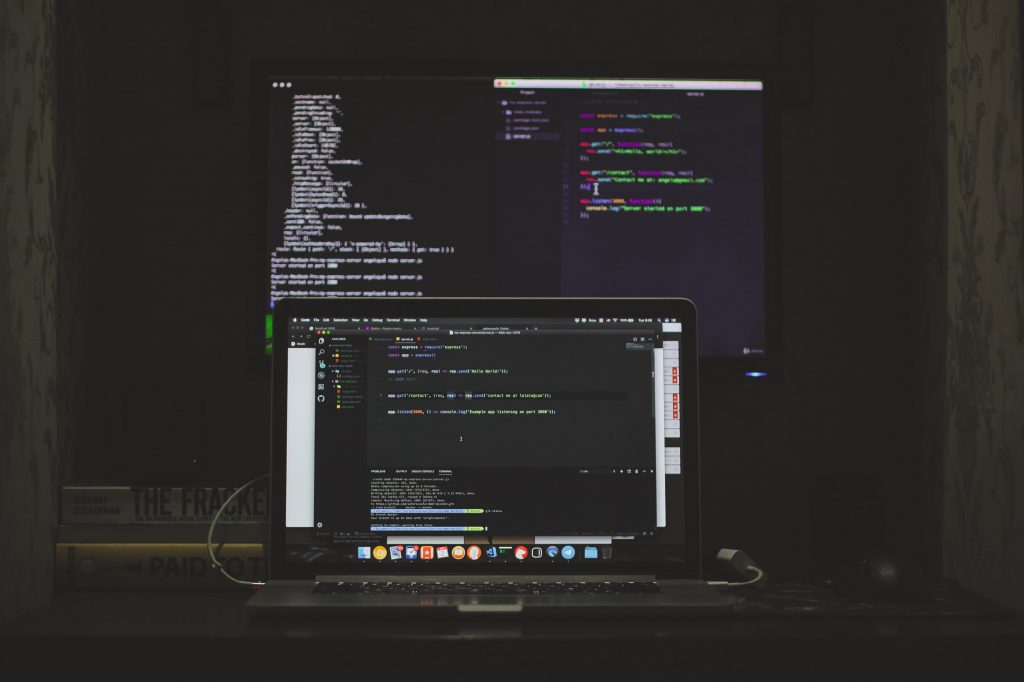
Looking to develop a software or mobile app for your business? Then your development team must have given you a list of buzzwords topped with the key element of the tech-savvy world – tech stacks. But what do they mean and why are they so important?
In brief, a properly selected technical stack can take your project from zero to hero and speed up the entire development process. It also helps developers to estimate the cost of building new applications and underpins the ability to scale your app in future, thus playing a key role in creating successful web applications.
Sounds impressive, right? Then let’s dig deeper into the tech stack itself, and the aspects to factor in when choosing one for your projects.
What Does a Tech Stack Mean?

A tech stack or a solutions stack refers to a combination of all the technology required to build and maintain software products. It’s what powers every software solution, so picking the right set is important if you want the application to operate seamlessly later on.
From a structural perspective, solutions stacks include two components. The first one is geared towards the client, and the second one caters to the server. Let’s have a closer look at each of them.
Web Application Development Technology Stack in 2021
Technologies for back-end development
The back end refers to the behind-the-scenes workings of the site, which are not visible to the visitor, yet are directly responsible for the website. An oft-cited analogy applicable to back-end and front-end is that of a kitchen staff and waitstaff. Therefore, the back end cranks out high-quality functionality efficiently for the waitstaff aka front-end to guarantee a positive customer experience.
The following tools are used to power the back end:
- Web frameworks
- Programming languages
- Database
- Web server
- Operating system
Each of these elements is enabled by different technologies and coding languages, including Django, PHP, MySQL, and others.
Client-side solutions stacks
The front-end technology stack is the client side of the user interface compared to the hardware and software part of the service. In simple terms, front-end tech stacks are used to build functionality and user interface, working on the client side of the application or website. This includes everything that the user sees when landing on a web page. To create a convenient and popular product, front-end developers cooperate with programmers, designers, UX-analysts.
When we’re talking about the right functionality for the front end, we usually think of the front-end trinity – HTML, CSS, and JavaScript.
- HTML is the language of hypertext markup. In other words, it is the main tool for creating the appearance of a web page, including text, images, tables, blocks, and other basic design elements. You won’t see many websites using pure HTML, but it’s still the basis for the front-end development.
- CSS is essentially a set of templates for page formatting. It allows you to implement on a web page a common design scenario, to give it a nice and complete look without unnecessary duplication of code.
- JavaScript is a full-fledged programming language, usually related to the front-end. In fact, the JS capabilities go beyond the user-side, as this programming language can power “server” features as well.
Selecting The Tech Stack For Mobile Platforms

The solutions stack for your mobile application is always based on the platform you’re building. Thus, you can choose between IOS and Android platforms, or opt for cross-platform software. Logically, these three options call for a different set of technologies.
The Solutions Stack For Android Solutions
As of 2021, Android retains a stronghold of the market as the leading mobile operating system worldwide, with more than 70% share. So if you want to target the majority of your target audience and develop a native application for Android, consider using one of the following technologies.
Java
Java is the old kid on the block used for building a whole host of solutions, including Android applications. It’s a universal and powerful programming language designed for web and enterprise applications, banking software, high-loaded services, mobile applications, software for embedded systems, and test automation. Even the forward-runners like Google and Yahoo include this programming language into their arsenal.
Kotlin
Kotlin is a new kid on the block presented by the Prague based company JetBrains. It’s a statically typed programming language that runs on JVM and is fully compatible with Java programming language. Since 2017, Kotlin has been an officially supported Android application development language, along with Java language.
Android Studio
Android Studio is an IDE produced by Google. It allows developers to get access to the tools used to create applications on the Android OS platform. This environment is suitable for both small teams and large enterprises with GIT or other similar version control systems. Android solutions are developed in Android Studio using Java or C++.
The Tech Stack For iOS applications
If you want to build a native mobile app for Apple products, you should consider the following mobile app solutions stack:
Objective-C
A programming language for iOS applications that hit the spotlight in the early 1980s. Objective-C was initially considered as a simple add-on to the C language, but after the licensing, it was taken over by Next Step, and then became one of the go-to languages for building applications for the iPhone and iPad. This is the main language used by Apple that allows you to create applications for any Apple platform, including macOS.
Swift
Swift is a young, powerful and open-source general-purpose programming language. It takes the best from C and Objective-C, eliminating their weak points and dressing up the C functionality with brand new features. Swift transforms the drudgery of creating an application into a more flexible and fun process.
Xcode
XCode is the Apple Integrated Development Environment (IDE) that is used to create applications for Apple products such as the iPad, iPhone, and Mac. XCode provides the tools to manage the entire flow of development operations from creating the app, to testing, optimizing, and submitting it to the App Store.
AppCode
AppCode is an iOS code editor that supports Objective-C, Swift, C, and C++ (including the latest C++, libc++, and Boost standards), as well as JavaScript, XML, HTML, CSS, and XPath.
Hybrid Application Technologies
React Native
React Native is a framework for building native apps using Javascript. It was created by Facebook in 2015 and over the past few years, it has gained a wide popularity. When developers write apps on React Native, the final app uses native code (Java for Android, Objective C for iOS). So, we end up with the same app as if we were writing it in a native language.
Now, let’s find out what qualities you should bet on when choosing a solutions stack for your product.
Technology stack in 2021: Things to Consider
Scalability
The combo of your tech stack shapes the effectiveness and the competitive ability of your application, including its scalability. The app architecture should have some place for growth, as this determines whether or not the application can handle the increasing load generated by the number of app users. Also, you should take care of both vertical and horizontal scalability. The first refers to integrating more components and data to an application, whereas the second one means the capability of operating on more devices.
Performance
The right technology stack should also deliver flawless app performance. This means that the system must react to a wide array of events with a short response time and process a large number of requests. Therefore, the significance of supporting stringent operating characteristics requirements is one of the key factors that influence your solutions stack choice.
Costs
Estimating the costs is not exactly a forte of the software building process. Why? Creating a new product is not about the back-of-the-envelope calculation. To budget all costs, you need to factor in all aspects that add to the total. Here’s you cheat sheet to make budgeting less dreary:
- Hosting costs for storing the data
- Hourly rates
- Technology education & licensing fees
- Further maintenance costs
Your task here is not to panic-cancel all technology you’re using. Instead, try to even expenditure items out, avoid bloating and find less expensive solutions wherever possible.
Examples of Stacks And Programming Languages in 2021
Although it’s not enough to copy-paste someone’s tech stack to create a winning product, it might be useful to search for ideas. This helps you to pick the stack that covers your business needs the most. With that said, we’ve curated a number of solutions stacks that world-renowned services use for their viral products.
Clubhouse
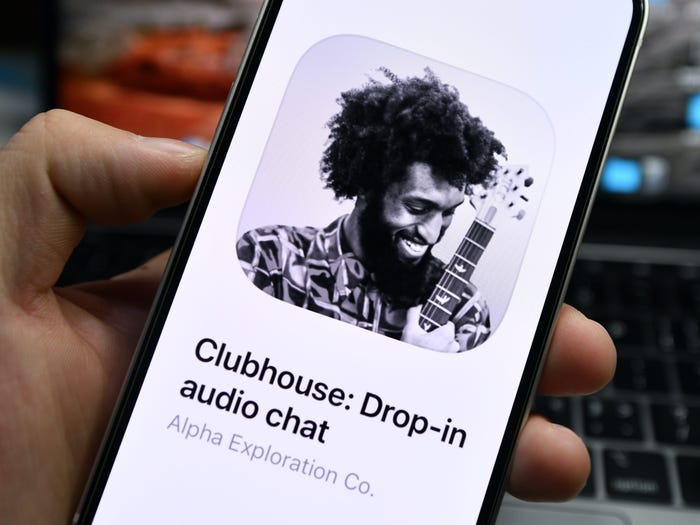
Clubhouse Software uses more than 50 technology products and services including:
- HTML5
- Google Analytics
- jQuery
- JavaScript
- Nodejs
- NGINX
- React Native
- Swift
- Kotlin
- GraphQL
- Markdown, and others.
Uber
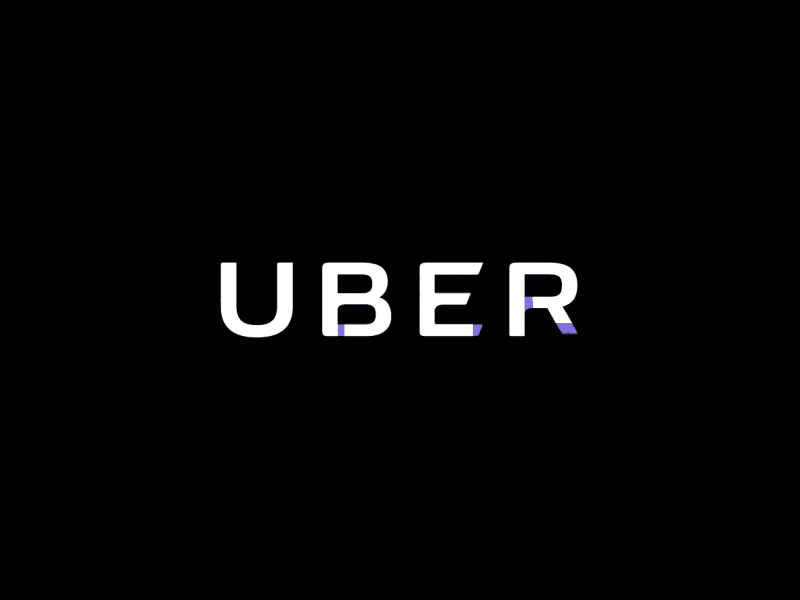
While Uber’s UI remains user-friendly, the back-end consists of complex systems to manage the load, handle difficult interactions, and serve massive amounts of traffic. Thus, the tech stack behind this giant includes:
- jQuery
- Python
- Nodejs
- React
- NGINX
- Java
- MySQL
- PostgreSQL
- MongoDB
- Redis
- ApacheSpark
- Cassandra, and others.
Netflix
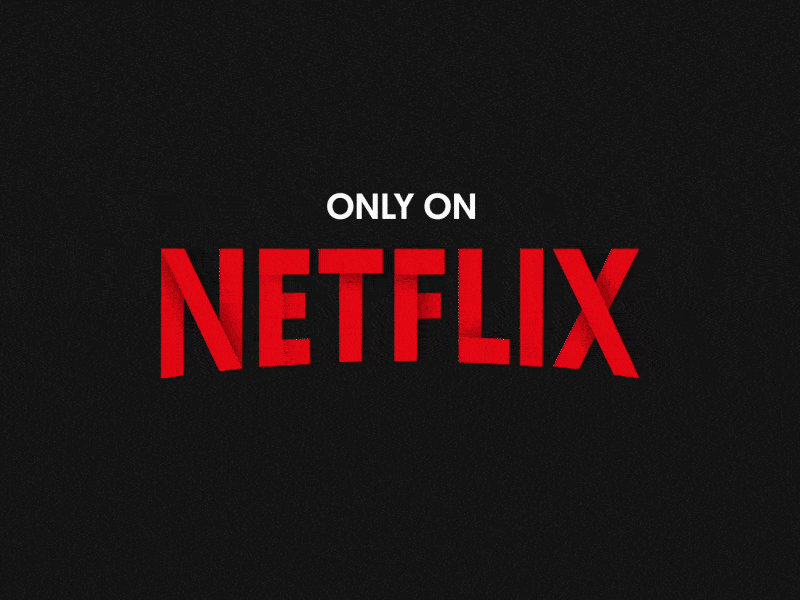
The world’s leading Internet television network is powered by the following technologies:
- Python
- Nodejs
- React
- Java
- MySQL
- PostgreSQL
- Amazon S3
- Flask
- Cassandra
- Hadoop
- Oracle, and others.
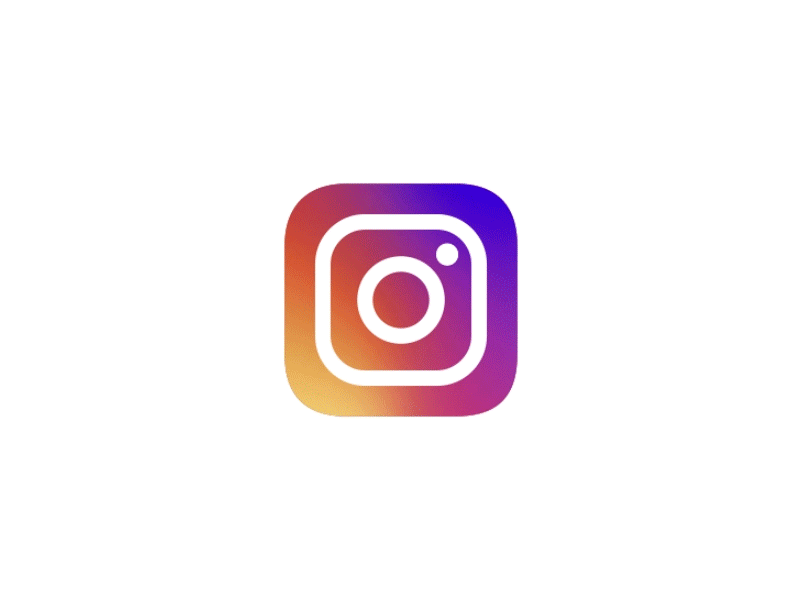
Products that make up Instagram’s tech stack include:
- JavaScript
- Python
- React
- NGINX
- Java
- Redis
- Django
- React Native
- Memcached
- Cassandra
- Gunicorn, and others.
Spotify
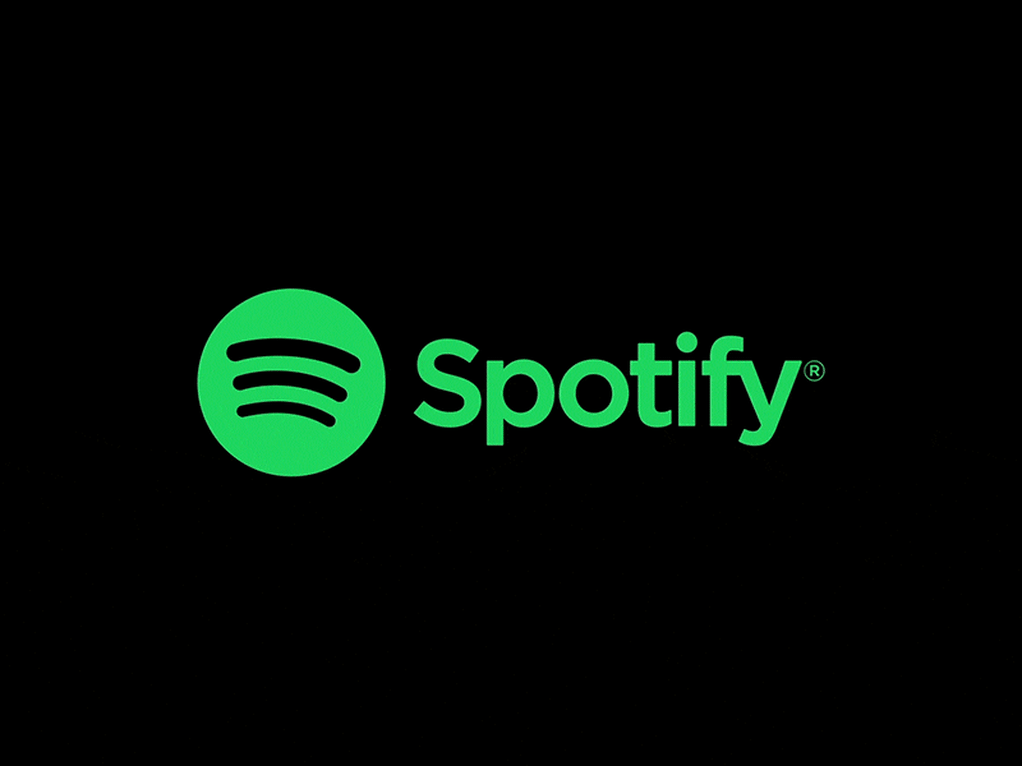
Spotify uses 61 technology products and services including:
- Python
- NGINX
- Java
- PostgreSQL
- Bootstrap
- Amazon S3
- Kafka
- Cassandra
- Hadoop
- Apache Storm, and others.
The Final Word
Choosing a technology stack is coincidentally one of the most exciting and dreaded tasks when mulling over your future project. It also requires meeting your biggest fears of your company mano o mano: eradicating legacy technology suffused across your processes and eliminating the technical debt on behalf of limited resources.
When discussing your new project with a development team, make sure to ask hired professionals about technologies they will use to support your business idea. They’ll guide you through the selecting process and provide a valuable insight into the tech solutions they’ve chosen for your app.




